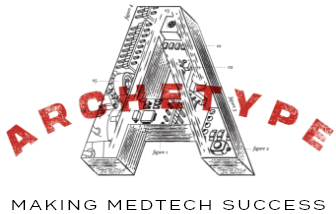Pinpointing The MVP in MedTech
The Elusive MVP: Finding the "Threshold of Good" in MedTech Innovation
In the fast-paced world of medical technology, innovation is the lifeblood that drives progress and improves patient outcomes. Engineers, medtech innovators, and medical professionals alike are constantly pushing the boundaries of what's possible, striving to develop groundbreaking devices and therapies. But amidst this drive for innovation lies a critical challenge: defining the Minimum Viable Product (MVP).
MVP is a concept born from the lean startup movement, representing a product with just enough features to attract early-adopter customers and validate a product idea early in the product development cycle. In traditional product development, the MVP allows for iterative improvements based on user feedback. However, the medtech landscape presents a unique hurdle. Unlike software or consumer products, medical devices require rigorous regulatory approvals; making incremental changes post-launch is complex and costly – a pacemaker can't be easily updated once implanted. This begs the question: how do we define “minimum viable” when the stakes are so high?
Finding the sweet spot, the "threshold of good," requires a delicate balancing act. We need to identify the essential features and performance levels that satisfy user needs and meet stringent safety and regulatory requirements, all while avoiding the trap of over-engineering.
Herbert Simon, a Nobel laureate, introduced the concept of "satisficing" – a blend of "satisfy" and "suffice." This suggests that users often seek solutions that are "good enough" rather than optimal. In the context of medtech, this means identifying the essential performance and safety thresholds that will satisfy user needs without chasing unnecessary bells and whistles.
Think of it like this: Least Material Condition (LMC) and Maximum Material Condition (MMC) are principles used in Geometric Dimensioning and Tolerancing (GD&T) to define the acceptable limits of a part's features. LMC allows for maximum tolerance, while MMC ensures optimal functionality with the least tolerance. Similarly, defining the "threshold of good" involves identifying the minimum acceptable performance levels, with the potential for enhancement in future iterations (if feasible).
Navigating the MVP Maze in MedTech
So, how do we actually pinpoint this elusive MVP? There are several approaches to consider:
- Leveraging Existing Standards: Established engineering standards (ISO, ASTM, etc.) provide a valuable baseline for mature technologies. However, innovation often pushes beyond these established norms, requiring us to look further.
- Analysing Existing Products: Evaluating the performance of existing solutions can reveal valuable insights. Was the previous generation over-provisioned? Can performance be safely reduced? Or does it need improvement? The evolution of mobile phone batteries provides a compelling example. While older phones boasted impressive battery life, smartphones, with their increased functionality, often require daily charging. This highlights the trade-off between performance and functionality.
- Direct Customer Input: While customers can articulate their explicit needs, uncovering their latent needs requires a more nuanced approach. Utilising scales or preference testing can help quantify needs and preferences. For instance, instead of asking "How long do you need the battery to last?", we might ask "Would you prefer a smaller, lighter device with a shorter battery life, or a larger device with a longer battery life?" Tools like conjoint analysis and repertory grid technique can be invaluable in understanding these complex trade-offs.
- Prototyping and Iteration: Developing prototypes of varying fidelity allows users to experience the product firsthand and provide valuable feedback. This iterative process helps refine the product and identify the "threshold of good" through real-world interaction.
The MVP is Not a Destination, But a Starting Point
It's crucial to remember that the MVP is not a static endpoint, but rather a dynamic starting point. For truly radical innovations, the "threshold of good" may only become clear after launch and real-world usage.
To navigate this uncertainty, innovation teams should leverage their domain expertise to make informed decisions about essential features and performance levels. Don't be afraid to start with an educated guess and refine it through iterative development and testing.
While customer feedback is invaluable, remember that users may not always be able to articulate their needs for a truly novel product. Therefore, it's essential to critically evaluate feedback and be willing to deviate from it if necessary.
Finally, senior management must resist the urge to prematurely define the MVP. In the spirit of lean development, it's best to start with a well-informed hypothesis and adapt as you learn.
Finding the "threshold of good" in medtech innovation is a continuous journey of learning and refinement. By embracing a flexible and iterative approach, we can develop life-changing medical technologies that meet user needs, adhere to regulatory requirements, and ultimately improve patient lives.



